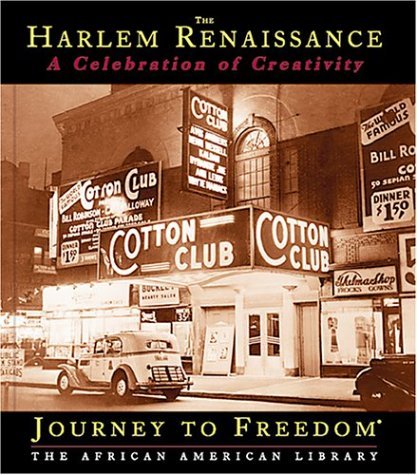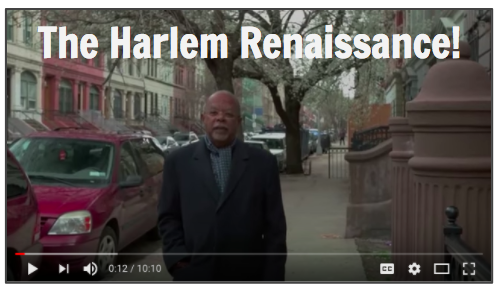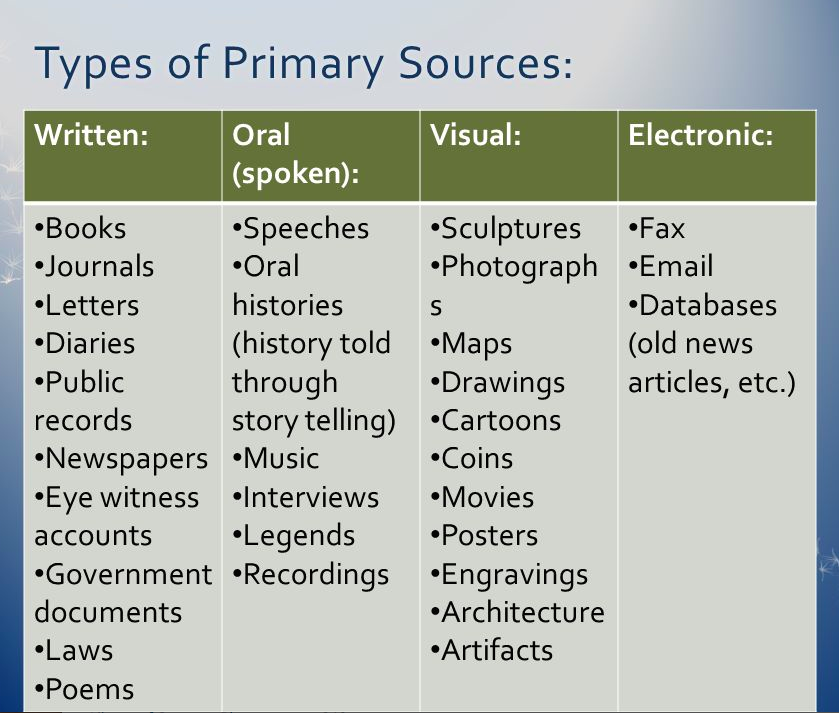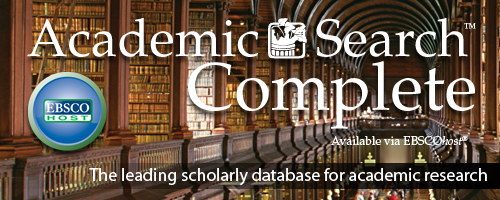Junior Paper ~ The Harlem Renaissance!
“The Harlem Renaissance was the name given to the cultural, social, and artistic explosion that took place in Harlem between the end of World War I and the middle of the 1930s. During this period Harlem was a cultural center, drawing black writers, artists, musicians, photographers, poets, and scholars. Many had come from the South, fleeing its oppressive caste system in order to find a place where they could freely express their talents…During this period Harlem was the Mecca to which Black writers, artists, musicians, photographers, poets, and scholars traveled.” ~PBS.org
“The Harlem Renaissance was a literary and intellectual flowering that fostered a new black cultural identity in the 1920s and 1930s…With racism still rampant and economic opportunities scarce, creative expression was one of the few avenues available to African Americans in the early twentieth century…Between 1920 and 1930, almost 750,000 African Americans left the South, and many of them migrated to urban areas in the North to take advantage of the prosperity—and the more racially tolerant environment. The Harlem section of Manhattan, which covers just 3 square miles, drew nearly 175,000 African Americans, turning the neighborhood into the largest concentration of black people in the world.” ~Great Days in Harlem
Harlem Renaissance Research!
You’ll be exploring what it meant to be an American, an Artist, and African American during the Harlem Renaissance, the movement that inspired African American music, poetry, dance, theater, art, photography, literature, fashion and more!
Harlem Renaissance Topics
Timeline of the Harlem Renaissance
Bring the Harlem Renaissance to life with Primary Sources!
College-level Databases & our NEW Research Databases site!
Designed for colleges, Academic Search Complete is the world’s most comprehensive database with millions of articles in over 8,500 full text journals on every academic subject from Astronomy to Zoology! Academic Search complete is available at Marvel. Tip: Narrow publication date slider to Harlem Renaissance years to find Primary Sources.
![jstor-wide[1]](http://www.brunswick.k12.me.us/bhslibrary/files/2016/02/jstor-wide1.jpg) A leading college database, JSTOR offers more than 10 million academic journal articles, 50,000 books, and 2 million primary source documents in 75 disciplines. Tip: Narrow publication date to Harlem Renaissance years to find Primary Sources.
A leading college database, JSTOR offers more than 10 million academic journal articles, 50,000 books, and 2 million primary source documents in 75 disciplines. Tip: Narrow publication date to Harlem Renaissance years to find Primary Sources.
News Sources
Search the New York Times back to 1861
(you’ll need to login first on the upper right of site: username: mkirkpatrick@brunswick.k12.me.us password: dragons15)
Add these KEYWORDS to find Primary Sources!
A primary source is an original document or “first-hand” or “eyewitness” account that is written or produced in the time period that you are investigating. Tip: Add words like LETTERS, SONGS, POEMS, ESSAYS, PLAYS, ARTWORK, PLAYBILL, ADVERTISEMENT, MUSEUM, ARCHIVES, DIARY, or “PRIMARY SOURCES” to your Google searches to find primary sources. Tip: Use the Google Services!
Google Images can lead you to interesting, quality websites and primary sources.
Google Videos give access to documentaries and primary sources.
Google News is a computer-generated news service providing headlines and links to articles from over 50,000 news sources worldwide back to 2003 (Go to Google, then choose NEWS, then use TOOLS to go to the Archives).
To search for News before 2003 (back to the 1800s!) use this search:
Google Books gives us access to over 30 million books that have been scanned by Google! You can see the full text of books as long as it says PREVIEW.
Other Book Sources:
The BHS Library collection of books on the Harlem Renaissance
We can also borrow books through MaineCat, which gives you access to more than 8 million books in over 100 libraries in Maine, including the Bowdoin College library, and the University of Maine System.
More Research Tips to find Primary Sources:
Tip: Add the word archives or diary or journal or “primary sources” or museum, etc. to a Google search of your person (example: Duke Ellington).
Tip: Search for your person in a Google Image search, and also add a keyword such as Archives (example: Ida Cox Audio and Ad).
Tip: Search for the artist on YouTube and add “reading his poetry” (example: Langston Hughes).
Tip: Search for your subject in the New York Times “Time Machine” changing the dates to cover only the period of the Harlem Renaissance (example: The Cotton Club).
Tip: Search the Google News archives using the search command site:google.com/newspapers (example: Billie Holiday).
Tip: Search the archives of the largest library in the world, the Library of Congress (example: Nora Zeal Hurston – plays).
Tip: Add the word Museum or Archives to a google search of your subject (example: W.E.B. DuBois museum).
Tip: Search YouTube for original footage of musicians, poets, etc. (example: The Nicholas Brothers).
Tip: Search Google Books, adding keywords such as letters to your search (example: Louis Armstrong and Ella Fitzgerald).
Citing Sources
Citing your sources in MLA format is easy at EasyBib!
New RULES for MLA 8th Edition can be found HERE.
How To Cite A YouTube Video in MLA Format
How to Cite Print and Online Newspapers
How to cite a book from Google Books:
Burnett, William. Harlem Renaissance. New York: Scribner & Sons, 2012. Google Book Search. Web. 21 March 2019.







